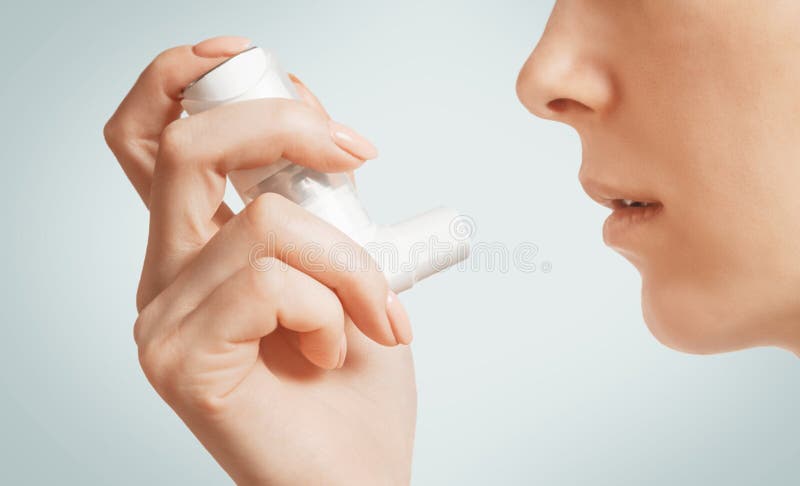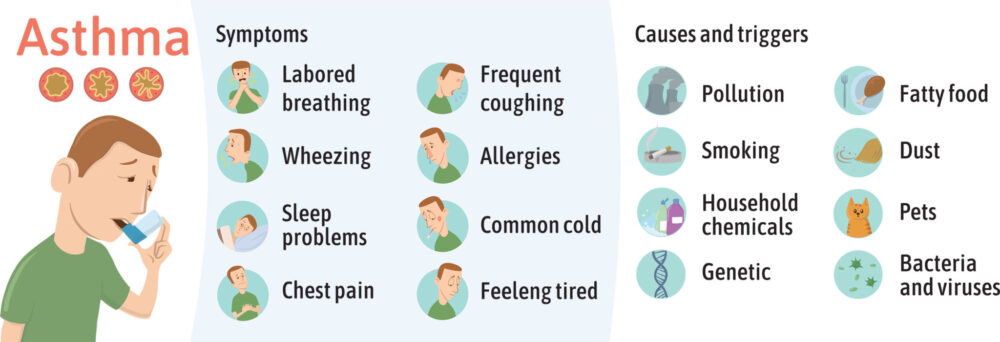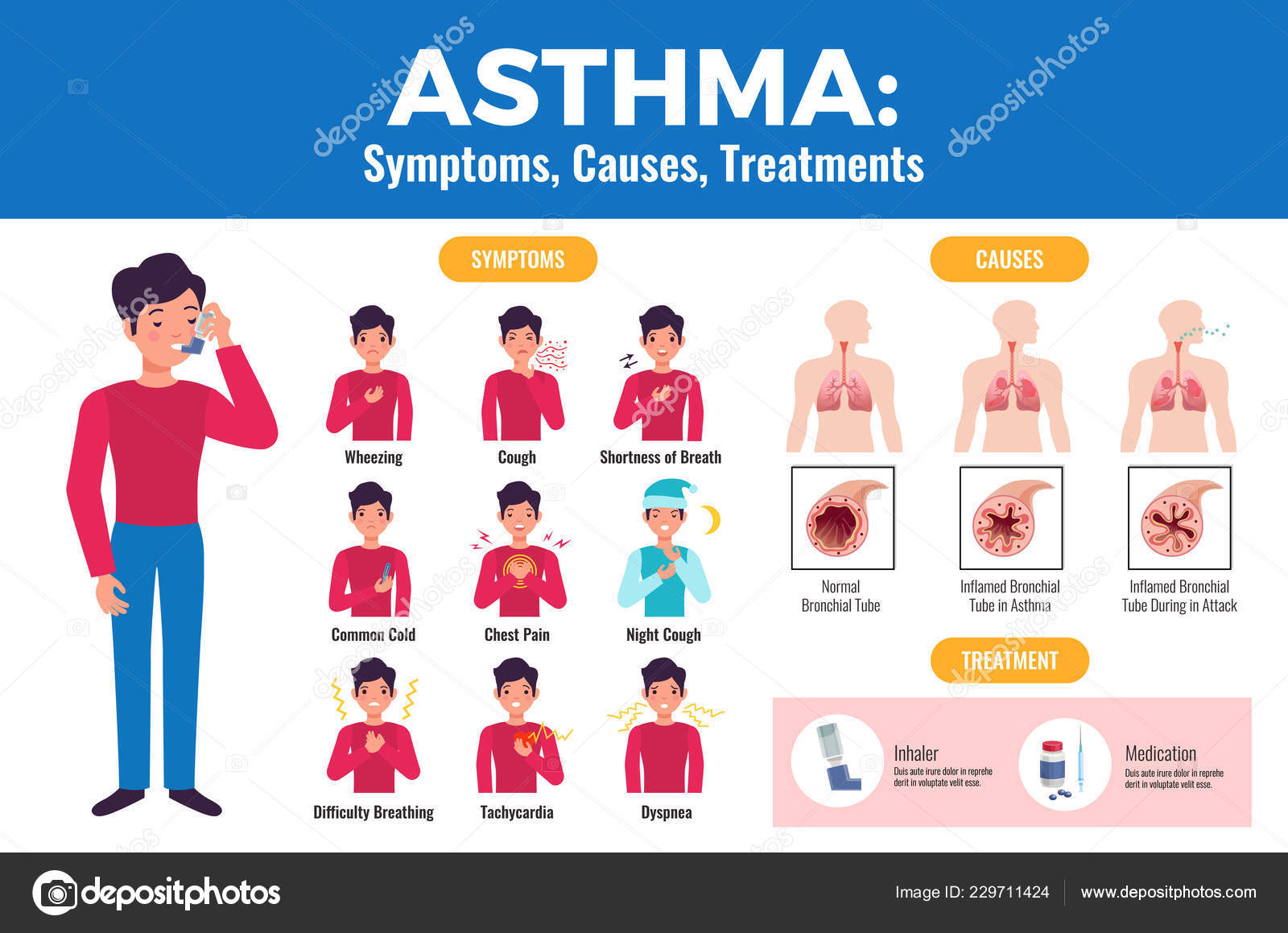Picture of skin asthma. Eczema: Understanding Symptoms, Causes, and Treatments for Skin Asthma
What does eczema look like. How is eczema diagnosed. What triggers eczema flare-ups. Can eczema be prevented. What are the best treatments for eczema. How does eczema affect different age groups. Is there a link between eczema and other allergic conditions.
What is Eczema and How Does it Manifest?
Eczema, also known as atopic dermatitis, is a common skin condition that affects people of all ages. It’s characterized by itchy, inflamed skin that can appear red on light skin tones or darker brown, purple, or ash gray on brown skin tones. The condition is often referred to as “the itch that rashes” because the itching sensation typically precedes the visible skin changes.
Eczema can manifest in various ways, including:
- Dry, scaly patches
- Warm, inflamed areas
- Small, rough bumps
- Thick, leathery patches
- Bumps that leak fluid and form crusts
After healing, affected areas may appear lighter or darker than the surrounding skin. The location and appearance of eczema can vary depending on a person’s age and the specific type of eczema they have.

Eczema Across Different Age Groups: From Infancy to Adulthood
Eczema can affect individuals at any stage of life, but its presentation and common locations may differ with age.
Infants and Toddlers
In babies aged 6-12 weeks, atopic dermatitis often appears as a patchy facial rash. Drooling can exacerbate the condition. Some infants may also develop “cradle cap,” a form of seborrheic dermatitis that causes oily, scaly patches on the scalp. Unlike typical eczema, cradle cap is usually not itchy and often resolves on its own within a few months.
Children
For children, eczema commonly appears in the following areas:
- Inside of elbows
- Behind knees
- On the face
- Back of the neck
- Wrists and forearms
Adults
Adults who experienced eczema as children may develop drier, scaly rashes. Common locations for adult eczema include:
- Hands
- Elbows
- Neck
- Chest
- Eyelids
In adults, the skin may become discolored or thickened in affected areas.
The Genetic and Environmental Factors Behind Eczema
While the exact cause of atopic dermatitis remains unknown, research suggests that both genetic and environmental factors play significant roles.

Genetic Predisposition
There’s a strong genetic component to eczema. Children whose parents have hay fever or asthma are more likely to develop atopic dermatitis. Conversely, many children with eczema go on to develop hay fever or asthma later in life, indicating a complex interplay between these allergic conditions.
Environmental Triggers
Various environmental factors can trigger eczema flare-ups or exacerbate existing symptoms:
- Allergens (e.g., pollen, animal dander, dust mites)
- Irritants (e.g., harsh chemicals, wool, synthetic fabrics)
- Stress or anxiety
- Sweating
- Frequent hand washing or water exposure
- Cold, dry environments
Understanding these triggers can help individuals manage their condition more effectively.
Diagnosing Eczema: When to See a Doctor
If you experience persistent, uncomfortable rashes or develop crusted or pus-filled blisters, it’s important to consult a healthcare professional. During the diagnostic process, your doctor will likely:
- Review your medical history
- Assess your symptoms
- Inquire about family allergies
- Potentially perform allergy tests
- Possibly conduct a microscopic examination of a skin scraping to rule out infections
Early diagnosis and treatment can help manage symptoms and prevent complications.
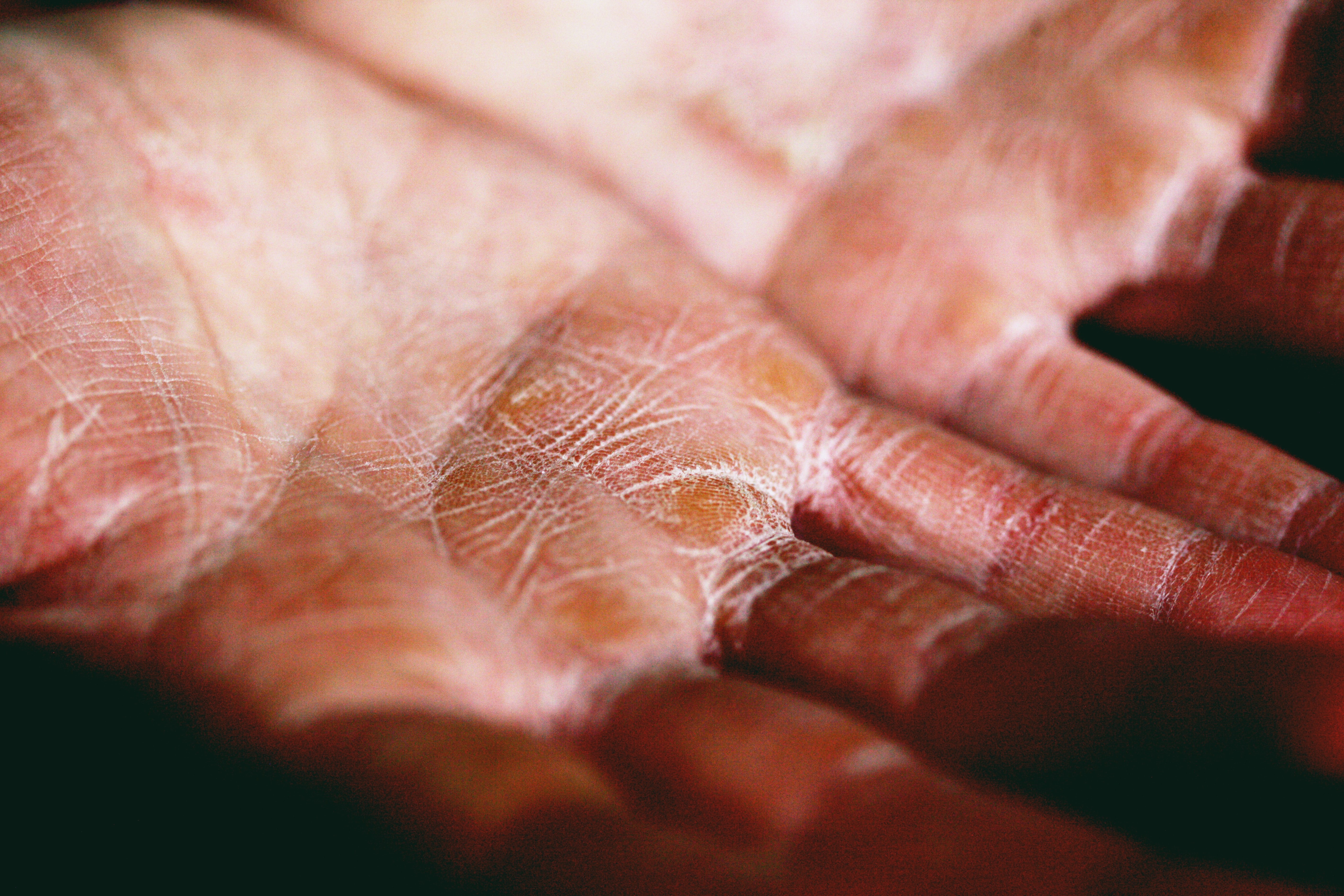
Eczema Management: From Skincare to Medical Treatments
Managing eczema often requires a multifaceted approach, combining proper skincare practices with medical interventions when necessary.
Skincare Basics
People with eczema have dry skin that’s more vulnerable to irritants and infections. To protect your skin:
- Use mild, fragrance-free cleansers
- Apply moisturizer after washing
- Avoid hot showers or baths
- Limit bathing time
Itch Management
Resisting the urge to scratch can be challenging but is crucial in preventing skin damage and potential infections. Try these strategies:
- Apply cold compresses to soothe itchy skin
- Use distraction techniques, especially for children
- Apply moisturizers or medicated creams as recommended by your doctor
Medical Treatments
Depending on the severity of your eczema, your doctor may recommend various treatments:
- Over-the-counter hydrocortisone creams for mild cases
- Prescription corticosteroid creams or ointments for moderate to severe eczema
- Steroid injections or pills for severe cases
- Biological injections targeting specific immune responses
It’s important to use these medications as directed and be aware of potential side effects, particularly with long-term use of corticosteroids.

The Immune System’s Role in Eczema
Eczema is closely linked to immune system function. In people with atopic dermatitis, the immune system can overreact to certain triggers, leading to inflammation and skin symptoms. This connection explains why many eczema treatments target immune responses.
Recent research has explored the use of medications that modulate the immune system to manage eczema symptoms. These treatments aim to interrupt the cycle of itching and scratching that characterizes the condition.
Living with Eczema: Strategies for Long-Term Management
While there’s no cure for eczema, many people can effectively manage their symptoms and enjoy long periods of clear skin. Key strategies for living with eczema include:
- Identifying and avoiding personal triggers
- Maintaining a consistent skincare routine
- Managing stress through relaxation techniques or counseling
- Wearing soft, breathable fabrics
- Using humidifiers in dry environments
- Following treatment plans as prescribed by healthcare providers
By adopting these practices and working closely with healthcare professionals, individuals with eczema can significantly improve their quality of life and minimize the impact of the condition on their daily activities.
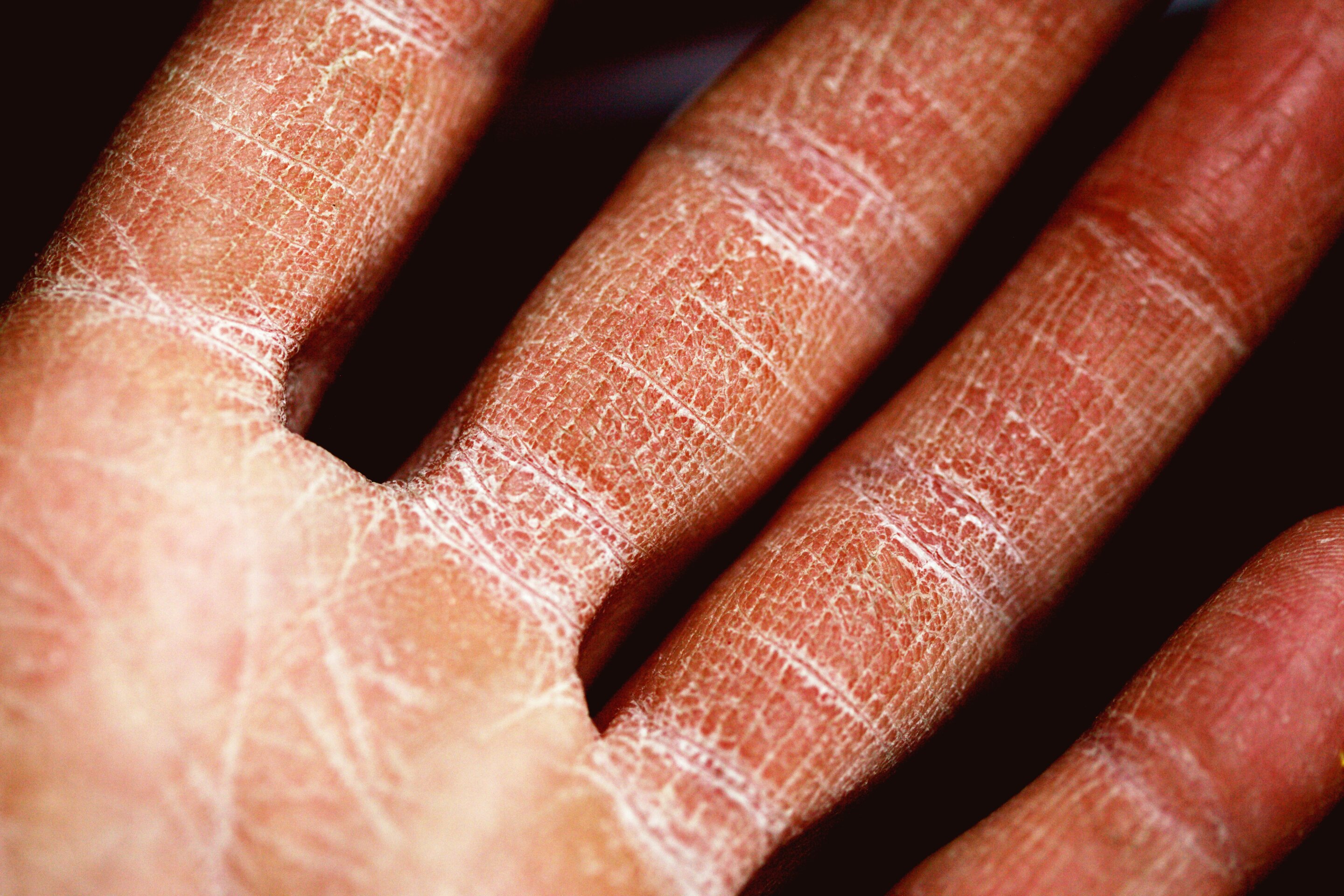
Eczema Research: Promising Developments and Future Directions
The field of eczema research is dynamic, with scientists continually exploring new treatment options and seeking a deeper understanding of the condition’s underlying mechanisms. Some promising areas of research include:
- Gene therapy to address genetic factors contributing to eczema
- Development of new biologics targeting specific immune pathways
- Exploration of the skin microbiome’s role in eczema and potential probiotic treatments
- Investigation of novel barrier repair therapies to improve skin function
These ongoing studies offer hope for more effective treatments and potentially even preventive strategies in the future. As research progresses, individuals with eczema may have access to an expanding array of options for managing their condition.
Understanding eczema, its triggers, and available treatments is crucial for effective management. While living with the condition can be challenging, with proper care and medical support, many people with eczema can achieve significant symptom relief and maintain healthy skin. As research continues to advance, the outlook for eczema management continues to improve, offering hope for those affected by this common skin condition.
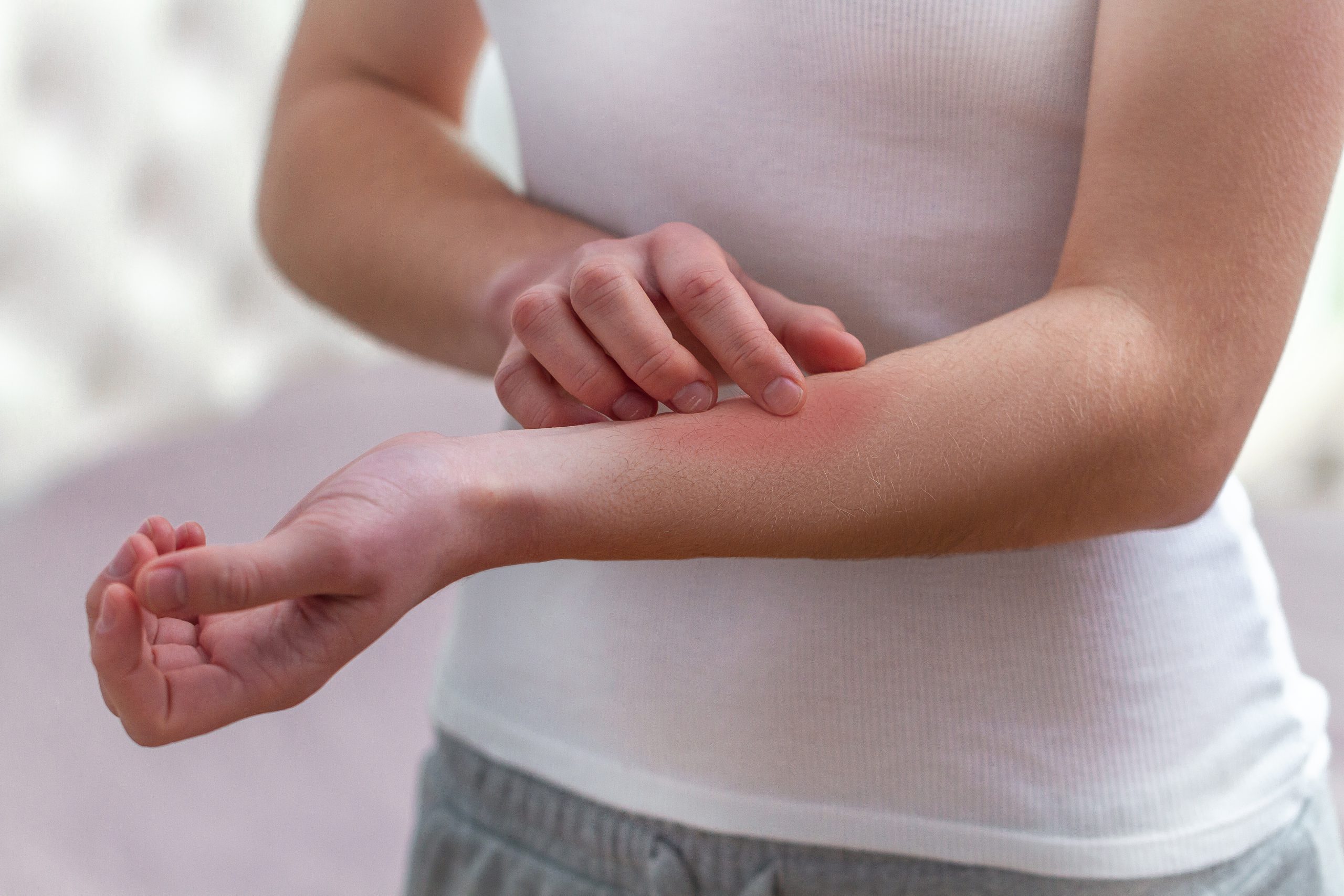
What an Eczema Rash Looks Like
Medically Reviewed by Brunilda Nazario, MD on March 25, 2021
It’s sometimes called “the itch that rashes,” because the itching usually comes first. This group of skin rashes is very common in babies and toddlers. Adults can have it too, often as scaly, leathery patches or on their hands. Atopic dermatitis is a common, often inherited form of eczema, but there are other types and many treatments.
Itching is the main one. Scratching makes your skin inflamed and itchier, and it can look different. You may notice:
- Affected areas may be red (light skin) or darker brown, purple, or ash gray (brown skin).
- Dry, scaly areas
- Warmth, possibly also with some swelling
- Small, rough bumps
- Thick leathery patches
- Bumps that leak and crust over
- After healing, the affected area might look lighter or darker than the rest of your skin.
Infants who are 6-12 weeks old can get atopic dermatitis as a patchy facial rash. Moisture from drooling makes it worse. In some cases, the condition goes away by age 2. But about half of people who had atopic dermatitis as a child will have it as an adult.
Moisture from drooling makes it worse. In some cases, the condition goes away by age 2. But about half of people who had atopic dermatitis as a child will have it as an adult.
“Cradle cap” in babies is a condition that doctors call seborrheic eczema or seborrheic dermatitis. It appears as oily, scaly patches on the scalp. In contrast, atopic dermatitis is more often found on the cheeks, though it can also affect the scalp. Also unlike eczema, cradle cap typically isn’t itchy. Usually cradle cap clears up without treatment in a few weeks or months.
Kids can get eczema in a lot of different places: the inside of their elbows, behind the knees, on the face, on the back of their necks, or on wrists and forearms. You can’t “catch” eczema — it’s not contagious.
You might notice itchy patches on the hands, elbows, and in the “bending” areas of the body, such as the inside of the elbows and back of the knees. But eczema can appear anywhere, including the neck, chest, and eyelids. People who had atopic dermatitis as a child may see drier, scaly rashes as adults. The skin may be discolored or thickened.
People who had atopic dermatitis as a child may see drier, scaly rashes as adults. The skin may be discolored or thickened.
If a rash won’t go away, is uncomfortable, or gets a crust or pus-filled blister, see your doctor. They will check your medical history, symptoms, and ask you about any allergies that run in your family. You may also get allergy tests or a microscopic exam of a skin scraping (seen here) to rule out infections.
There’s a connection between those two conditions and atopic dermatitis. If a parent has hay fever or asthma, their children are more likely to have the skin condition. And many children with atopic dermatitis will go on to get hay fever and/or asthma.
Triggers that bring on an allergy attack — such as pollen, animal dander, and dust mites — can cause some people with atopic dermatitis to break out in a rash. These allergens cause the immune system to overreact, leading to skin inflammation.
Irritants can cause inflammation and itching, bringing on eczema. Harsh chemicals can cause a rash in anyone, but people with eczema may be sensitive to mild irritants, such as wool and synthetic fabrics, detergents, soaps, perfumes, and cosmetics. Stress or anxiety can cause a flare-up, too. So can sweating, along with wetting and drying your skin a lot, such as when you wash your hands. Cold, dry environments can also cause a flare.
Harsh chemicals can cause a rash in anyone, but people with eczema may be sensitive to mild irritants, such as wool and synthetic fabrics, detergents, soaps, perfumes, and cosmetics. Stress or anxiety can cause a flare-up, too. So can sweating, along with wetting and drying your skin a lot, such as when you wash your hands. Cold, dry environments can also cause a flare.
Your skin’s outer layer protects the inner layers from irritants and infections. People with atopic dermatitis have dry skin that isn’t as protective. If you have eczema, use mild cleansers and a moisturizer after you wash. And don’t take hot showers or baths, or linger too long while showering or bathing.
Doctors don’t know exactly what causes atopic dermatitis, the most common form of eczema. Genes likely play a role. An immune system problem could create inflammation in the skin. Emotional problems aren’t a cause, but stress can make symptoms worse.
It’s easier said than done, of course. Eczema is very itchy. But scratching worsens the rash and can make an infection more likely. Use a cold compress to soothe the skin. Try to distract children with activities. Moisturizers are soothing, and some medicated creams or ointments may help, too.
But scratching worsens the rash and can make an infection more likely. Use a cold compress to soothe the skin. Try to distract children with activities. Moisturizers are soothing, and some medicated creams or ointments may help, too.
Over-the-counter hydrocortisone or nonsteroidal prescription creams may ease mild to moderate eczema. Ask your doctor before using corticosteroids on children under 2. Don’t use them for more than 7 days. Sometimes, stronger corticosteroids are needed to control inflammation. Side effects, like thinning skin, infections, and stretch marks, are more likely with long-term use. You have to be careful using steroids on the face, especially around the eyes. For severe eczema, your doctor may recommend steroid shots or pills, or biological injections.
There’s some evidence that these medicines may bring relief from the cycle of itching and scratching for some people with atopic dermatitis. When taken by mouth, they can make you drowsy, so that you fall asleep more easily and hopefully scratch less when you’re asleep. Many over-the-counter and prescription-only options are available, each with slightly different dosing and side effects. Check with your doctor for a recommendation.
Many over-the-counter and prescription-only options are available, each with slightly different dosing and side effects. Check with your doctor for a recommendation.
Prescription skin meds that calm an overactive immune system can treat eczema from atopic dermatitis. Doctors generally prescribe them only for short-term use in people who’ve tried other treatments that haven’t helped. They have a “black box” warning due to a higher cancer risk. So ask your doctor about the pros and cons. A biologic medication called Dupixent, given as a shot, works on the immune system to treat atopic dermatitis.
Alitretinoin, a relative of vitamin A, may improve or even clear up this condition when other treatments don’t work. It hasn’t yet been approved by the FDA for this use. It can give you headaches or dry, flushing, or sun-sensitive skin. Alitretinoin can cause severe birth defects, so you shouldn’t take it when you’re planning to get pregnant.
UV light affects the immune system.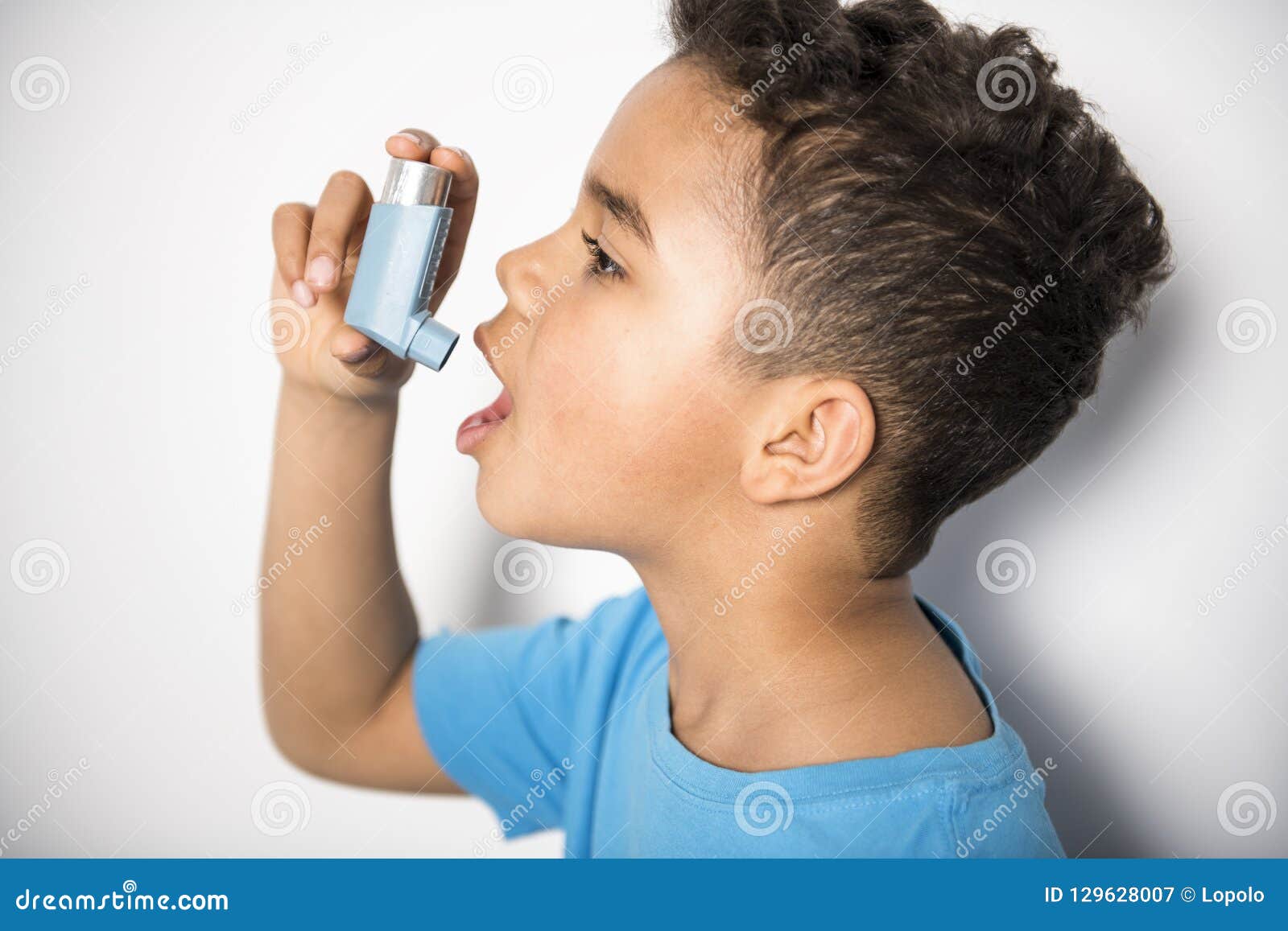 In some people, it can improve moderate to severe cases of eczema from atopic dermatitis or contact dermatitis. Usually, these treatments use UVB light. “PUVA” is a UV treatment combined with a drug called psoralen. But it doesn’t work for everyone, and it makes some people’s eczema worse. Too much UV light is bad for your skin. So you should talk to your doctor about the risks and benefits.
In some people, it can improve moderate to severe cases of eczema from atopic dermatitis or contact dermatitis. Usually, these treatments use UVB light. “PUVA” is a UV treatment combined with a drug called psoralen. But it doesn’t work for everyone, and it makes some people’s eczema worse. Too much UV light is bad for your skin. So you should talk to your doctor about the risks and benefits.
If your child has eczema, keep their fingernails short and their skin moisturized. Dress them in loose-fitting clothes and make sure they don’t get overheated. Depending on how severe their eczema is, your doctor may recommend wet wraps, a diluted bleach bath, over-the-counter or prescription medications, and/or light therapy to help.
A small amount of household bleach in the bath may help tame inflammation, though recent research shows it may not help prevent infections. Talk to a dermatologist or other doctor first. These baths use a specific amount of bleach, greatly diluted. Never put bleach directly onto skin!
Some research shows that coconut oil, sunflower oil, and vitamin B12 skin creams may help. So can massage and other things that lower your stress level, since stress can make eczema worse. Herbs and supplements can have side effects, so talk to your doctor first.
So can massage and other things that lower your stress level, since stress can make eczema worse. Herbs and supplements can have side effects, so talk to your doctor first.
These can look a lot alike. You’ll want to make sure that it really is eczema, and not an infection. Tell your doctor about symptoms of an infection, such as honey-colored crusts, pus- or fluid-filled blisters, scaly patches, swelling, or a fever.
Even when the eczema eases up, your skin may still be dry. Take short daily baths in warm water. Pat your skin partially dry and use a thick moisturizer, as well as any medication, right after your bath. Moisturize throughout the day and stick to mild soaps or cleansers. Look for fragrance-free products to help prevent a reaction. Remember, “unscented” may just mean the product has another ingredient to mask the scent.
Does your child feel self-conscious about his rashes? Help him avoid triggers, set up a routine for bathing and moisturizing, and stick to your treatment plan.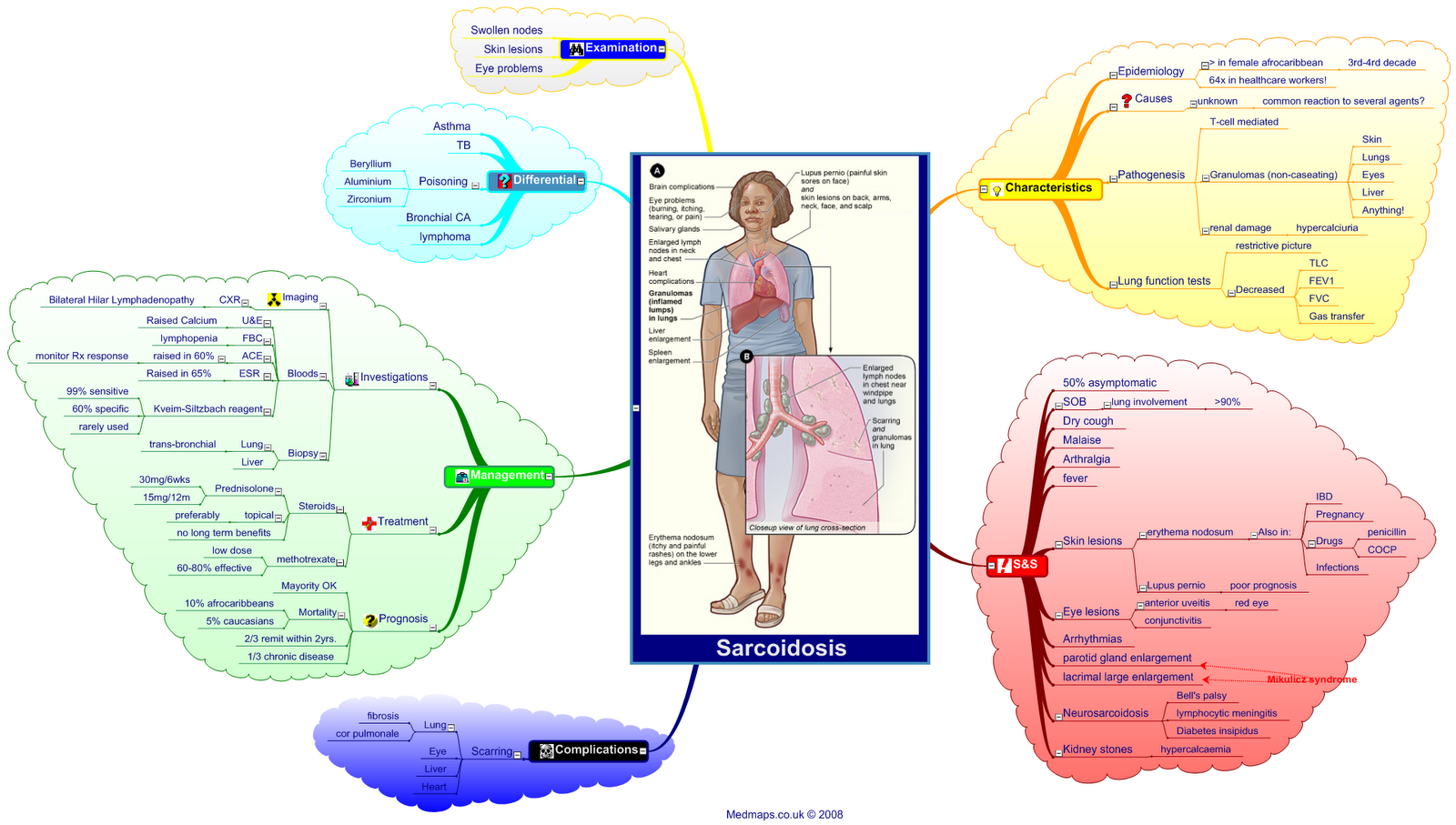 Adults with the condition may also need to take a look at their routines to avoid exposure to some chemicals in cleaning products, perfumes, and cosmetics, as well as cigarette smoke.
Adults with the condition may also need to take a look at their routines to avoid exposure to some chemicals in cleaning products, perfumes, and cosmetics, as well as cigarette smoke.
IMAGES PROVIDED BY:
1) Jack Jerjian / Medical Images
2) Tylim / Gettu Images
3) Picture Partners/Age Fotostock
4) Dr. P. Marazzi / Science Source
5) Dr. P. Marazzi / Science Source
6) SPL / Science Source
7) Voisin / Science Source
8) FatCamera / Getty Images
9) Alkimson / Getty Images
10) Arman Zhenikeyev / Getty Images
11) Grace Cary / Getty Images
12) ktsimage / Getty Images
13) BSIP / UIG, Getty Images
14) danielle71 / Thinkstock
15) GIPhotoStock / Getty Images
16) Karl Tapales / Getty Images
17) Dr P. Marazzi / Science Source
18) Voisin/Phanie / Science Source
19) jittawit.21 / Getty Images
20) Gustoimages / Science Source
21) PeopleImages / Getty Images
22) Dr P. Marazzi / Science Source
23) vm / Getty Images
24) Catherine Falls Commercial / Getty Images
SOURCES:
American Academy of Dermatology: “A new understanding of itch and eczema,” “Eczema/Atopic Dermatitis,” “Seborrheic Dermatitis,” “Is that eczema or an infection on my child’s skin?”
National Institute of Arthritis and Musculoskeletal & Skin Diseases: “Atopic Dermatitis,” “Is there a test for atopic dermatitis?”
National Eczema Association, “Understanding Your Child’s Eczema,” “Eczema in skin of color: What you need to know,” “Prescription Topical Treatment,” “Dupixent for Atopic Dermatitis FAQ. ”
”
Mayo Clinic: “Cradle cap.”
American College of Allergy, Asthma & Immunology: “Eczema in Children.”
UpToDate: “Patient education: Eczema (atopic dermatitis) (Beyond the Basics).”
National Institute of Allergy and Infectious Diseases: “Eczema (Atopic Dermatitis) Treatment.”
Asthma and Allergy Foundation of America: “Atopic Eczema (Atopic Dermatitis).”
© 2019 WebMD, LLC. All rights reserved. View privacy policy and trust info
7 Types of Eczema: Symptoms, Causes, and Pictures
Different types of eczema, including atopic dermatitis and contact dermatitis, may have different symptoms, including rash and hyperpigmentation, among others. Treatment can depend on the cause.
When you think of eczema, itchy, red, dry, scaly, or thickened skin may come to mind.
While that’s true for those with medium to darker skin tones, it may not be as obvious and can appear brown, purple, and ashen. Those with brown and Black skin also more commonly develop small bumps on the torso, arms, and legs.
This skin condition is common in children, but adults can get it too. In fact, according to the National Eczema Association, 10 percent of the population will develop the condition during their lifetime.
Anyone can be affected by eczema. The rate of prevalence among some races and ethnicities are:
- 11 percent of white people
- 10 percent of Black people
- 13 percent of Asian or Pacific Islander people
- 13 percent of Native American people
Eczema is sometimes called atopic dermatitis, which is the most common form. “Atopic” refers to an allergy. People with eczema often have allergies or asthma along with itchy, red, or hyperpigmented skin.
Eczema comes in a few other forms, too. Each eczema type has its own set of symptoms and triggers.
There are also some common symptoms for all types of eczema:
- dry, scaly skin
- redness
- hyperpigmentation
- itching, which may be intense
Atopic dermatitis is the most common form of eczema.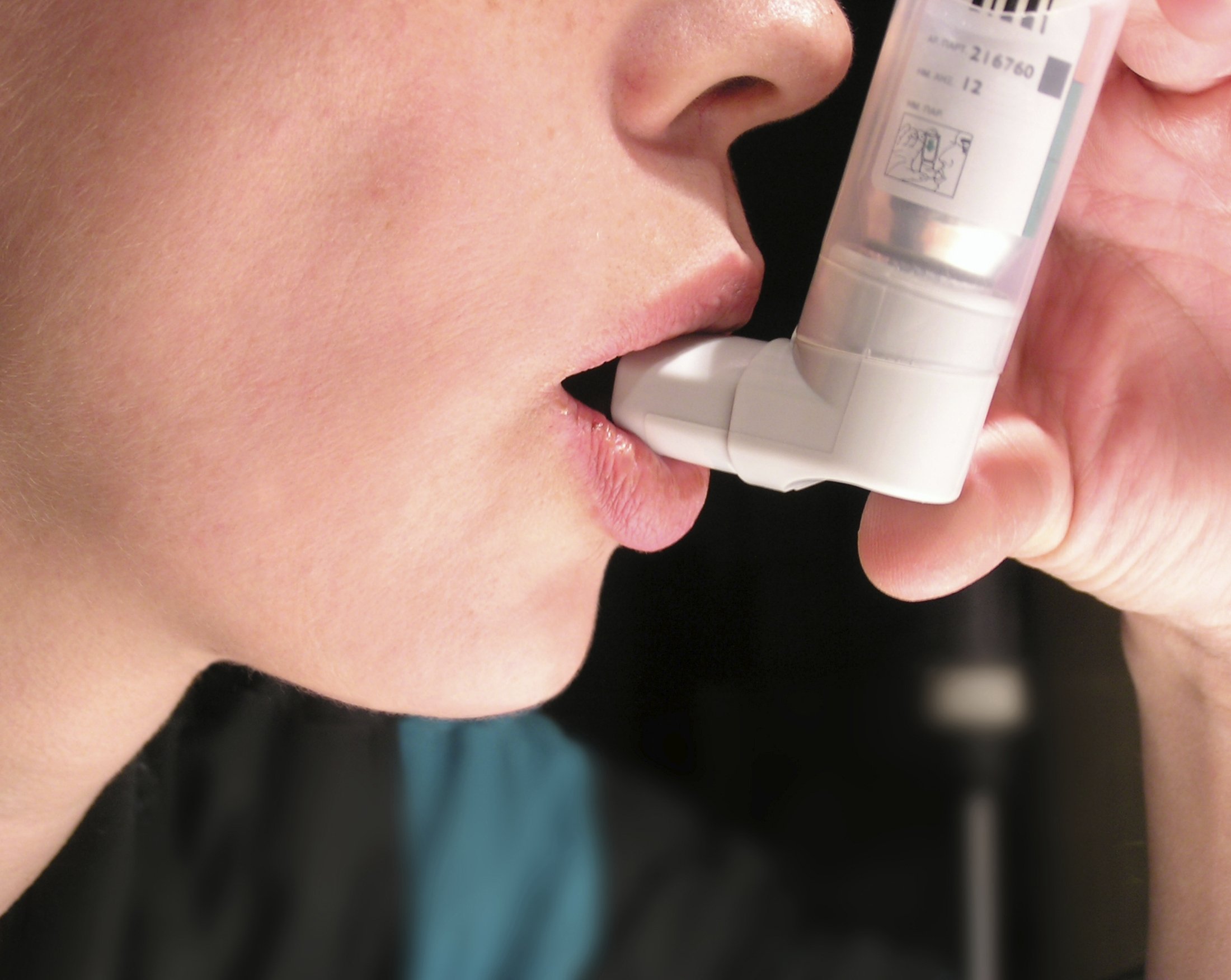 It usually starts in childhood, and often gets milder or goes away by adulthood.
It usually starts in childhood, and often gets milder or goes away by adulthood.
Atopic dermatitis is part of what healthcare professionals call the atopic triad. “Triad” means three. The other two diseases in the triad are asthma and hay fever. Many people with atopic dermatitis have all three conditions.
Learn more: Do you have a rash from hay fever?
Symptoms
In atopic dermatitis:
- The rash often forms in the creases of your elbows or knees.
- The skin in areas where the rash appears may turn lighter or darker or get thicker.
- Small bumps may appear and leak fluid if you scratch them.
- Babies will often get the rash on their scalp and cheeks.
- Your skin can get infected if you scratch it.
Causes
Atopic dermatitis happens when your skin’s natural barrier against the elements is weakened. This means your skin is less able to protect you from irritants and allergens.
Atopic dermatitis is likely caused by a combination of factors, such as:
- genes
- dry skin
- an immune system problem
- triggers in the environment
If you have red, irritated skin, thick scaly region that’s caused by a reaction to substances you touch, you may have contact dermatitis.
It comes in two types: Allergic contact dermatitis is an immune system reaction to an irritant, like latex or metal. Irritant contact dermatitis starts when a chemical or other substance irritates your skin.
Symptoms
In contact dermatitis:
- You skin itches, turns red, is hyperpigmented or pink, magenta, burns, and stings.
- Itchy bumps called hives may appear on your skin.
- Fluid-filled blisters can form that may ooze and crust over.
- Over time, the skin may thicken and feel scaly or leathery.
Causes
Contact dermatitis happens when you touch a substance that irritates your skin or causes an allergic reaction. The most common causes are:
- detergents
- bleach
- jewelry
- latex
- nickel
- paint
- poison ivy and other poisonous plants
- skin care products, including makeup
- soaps and perfumes
- solvents
- tobacco smoke
Dyshidrotic eczema causes small blisters to form on your hands and feet.:max_bytes(150000):strip_icc():format(webp)/548301771-569f03353df78cafda9ddbab.jpg) It’s more common in women than men.
It’s more common in women than men.
Symptoms
In dyshidrotic eczema:
- Fluid-filled blisters form on your fingers, toes, palms, and the soles of your feet.
- These blisters may itch or hurt.
- Your skin can scale, crack, and flake.
Causes
Dyshidrotic eczema can be caused by:
- allergies
- damp hands and feet
- exposure to substances, such as nickel, cobalt, or chromium salt
- stress
- smoking tobacco products
Seborrheic dermatitis causes scaly, oily patches of skin that produce dandruff-like flakes. These patches often appear where there are more sebaceous (oil-producing) glands on the body. This includes the hairline, scalp, upper back, nose, and groin.
If this type of dermatitis develops in infants, it is commonly called cradle cap, and it does not reappear later. In teens and adults, however, seborrheic dermatitis will most likely be an ongoing skin issue.
Symptoms
In seborrheic dermatitis:
- Patches of flaky white or yellow scales develop on top of oily skin, such as on your scalp, hairline, upper back, mid-chest, armpits, under breasts, or near the groin.

- The patches may produce flaking skin. This is more common on the face and scalp.
- In people with dark brown or Black skin, the patches may be darker than their skin, but in people with white skin, the patches can be lighter.
For adults and teens with this type of dermatitis, symptoms may come and go. They may also disappear for a while, typically in summer, but return when the season changes and the air is cold and dry again.
Causes
Seborrheic dermatitis develops through a combination of environmental and genetic factors.
First, a trigger, such as stress or illness, sets off an inflammatory reaction in the skin. This causes the oil-producing glands in the body to kick into overdrive and create too much Malassezia yeast. This is an organism that lives on the skin’s surface.
When yeast grows too rapidly, the immune system reacts and causes a series of skin changes. This leads to the development of the patches of skin common with seborrheic dermatitis.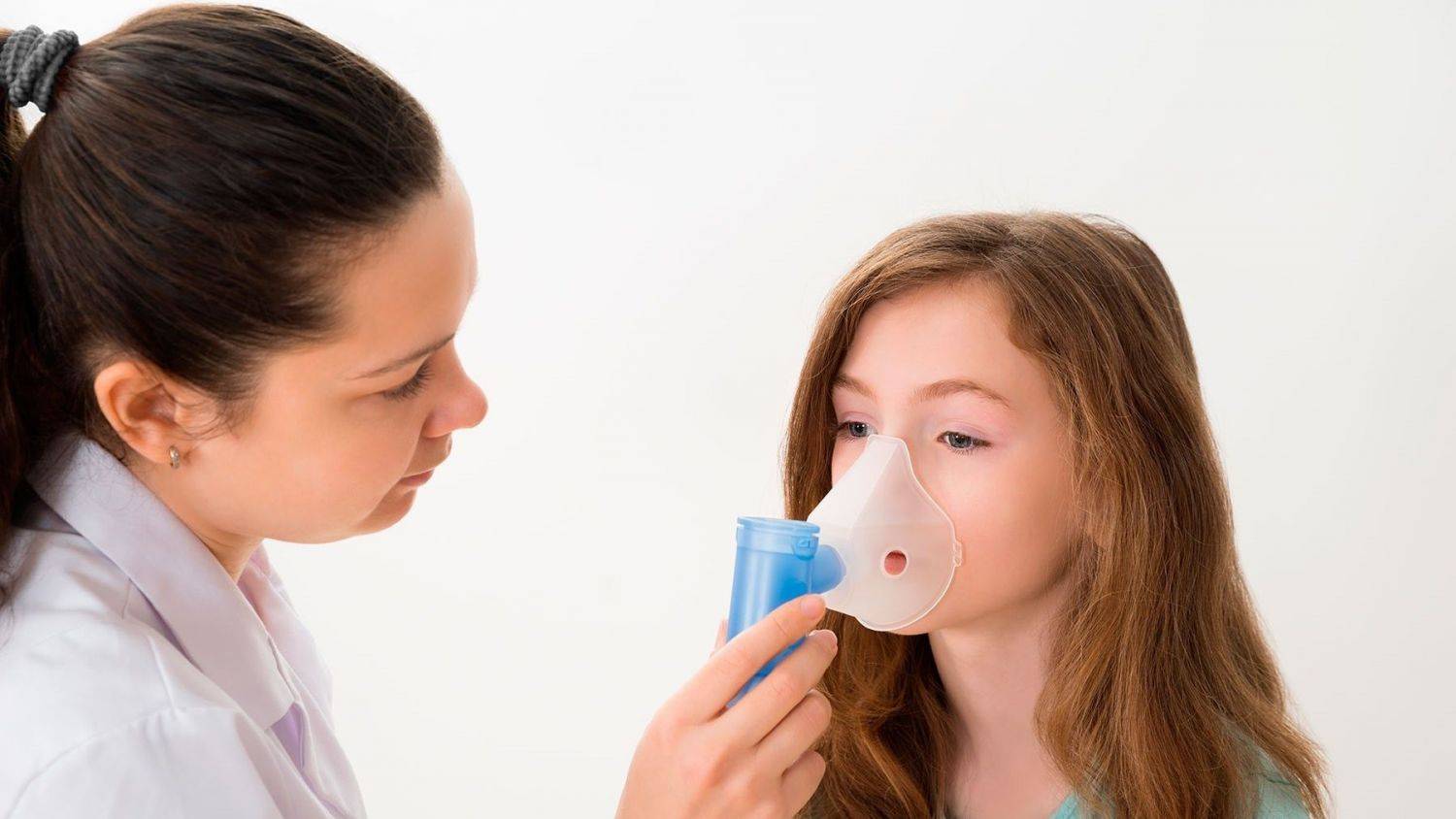
Other triggers include:
- hormonal changes
- illness
- harsh detergents or chemicals
- cold, dry weather
- certain medical conditions, like Parkinson’s disease, psoriasis, HIV, and acne
- medicines, including interferon and lithium
Neurodermatitis is similar to atopic dermatitis. It causes thick, scaly patches to appear on your skin.
Symptoms
In neurodermatitis:
- Thick, scaly patches form on your arms, legs, back of your neck, scalp, bottoms of your feet, backs of your hands, or genitals.
- The patches can be very itchy, especially when you’re relaxed or asleep.
- The patches can bleed and get infected if you scratch them.
Causes
Neurodermatitis usually starts in people who have other types of eczema or psoriasis. Doctors don’t know exactly what causes it, but stress can be a trigger.
This type of eczema causes round, coin-shaped spots to form on your skin. The word “nummular” means coin in Latin.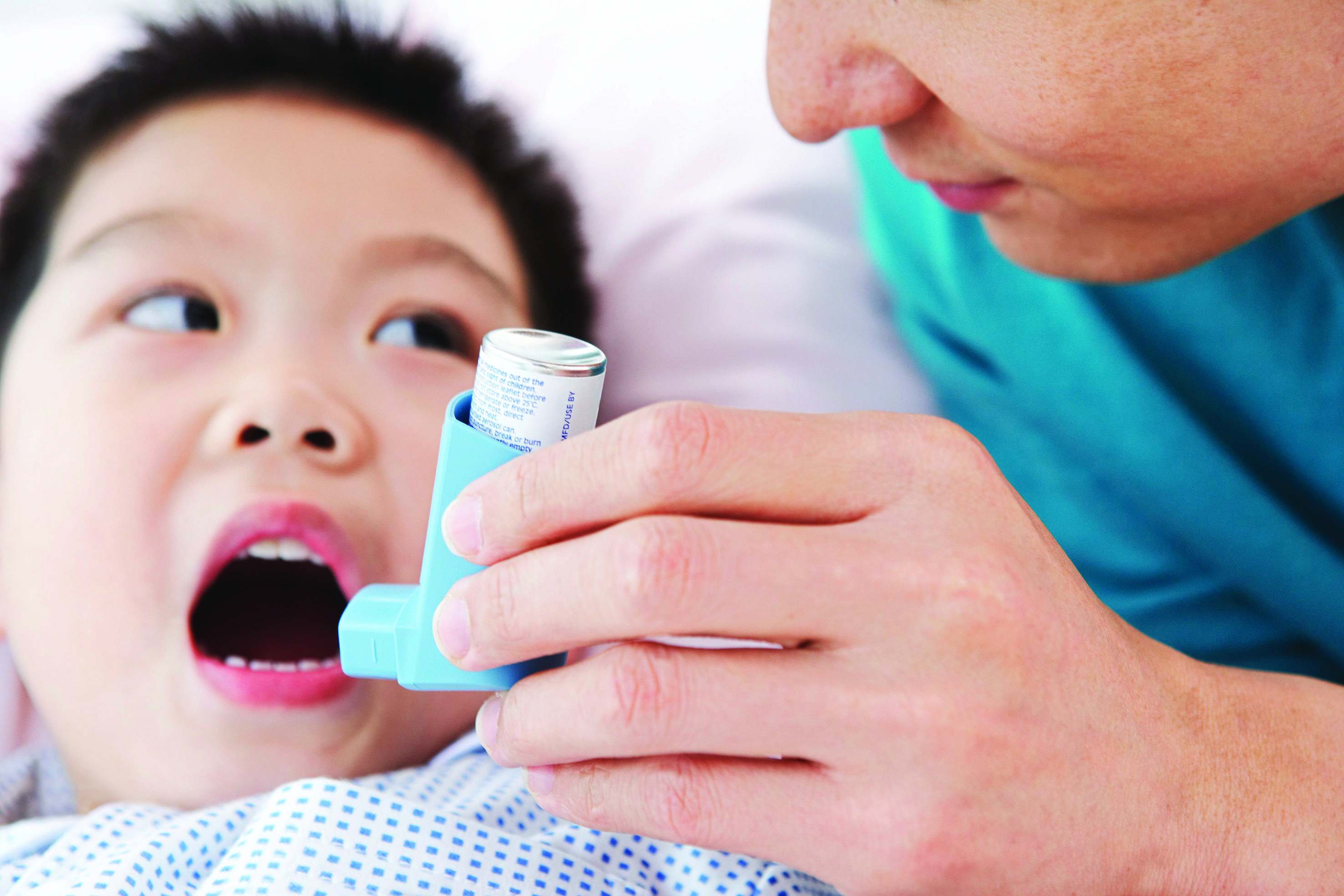
Nummular eczema looks very different from other types of eczema, and it can itch a lot.
Symptoms
In nummular eczema:
- Round, coin-shaped spots form on your skin.
- The spots may itch or become scaly.
Causes
Nummular eczema can be triggered by a reaction to an insect bite or an allergic reaction to metals or chemicals. Dry skin can also cause it.
You’re more likely to get this form if you have another type of eczema, such as atopic dermatitis.
Stasis dermatitis happens when fluid leaks out of weakened veins into your skin.
This fluid causes:
- swelling
- redness in lighter skin tones
- brown, purple, gray or ashen color in darker skin tones
- itching
- pain
Symptoms
In stasis dermatitis:
- The lower part of your legs may swell, especially during the day when you’ve been walking.
- Your legs may ache or feel heavy.
- You’ll likely also have varicose veins, which are thick, ropey damaged veins in your legs.

- The skin over those varicose veins will be dry and itchy.
- You may develop open sores on your lower legs and on the tops of your feet.
Causes
Stasis dermatitis happens in people who have blood flow problems in their lower legs. If the valves that normally push blood up through your legs toward your heart malfunction, blood can pool in your legs.
Your legs can swell up and varicose veins can form.
Eczema that only affects your hands is called hand eczema. You may get this type if you work a job, like hairdressing or cleaning, where you regularly use chemicals that irritate the skin.
Symptoms
In hand eczema:
- Your hands get red, hyperpigmented, itchy, and dry.
- They may form cracks or blisters.
Causes
Hand eczema is triggered by exposure to chemicals. People are more likely to get this form if they work in jobs that expose them to irritants, such as:
- cleaning
- hairdressing
- healthcare
- laundry or dry cleaning
See your doctor if the itching, redness, hyperpigmentation, dryness, and scaliness you’re experiencing doesn’t go away, or if it interferes with your life.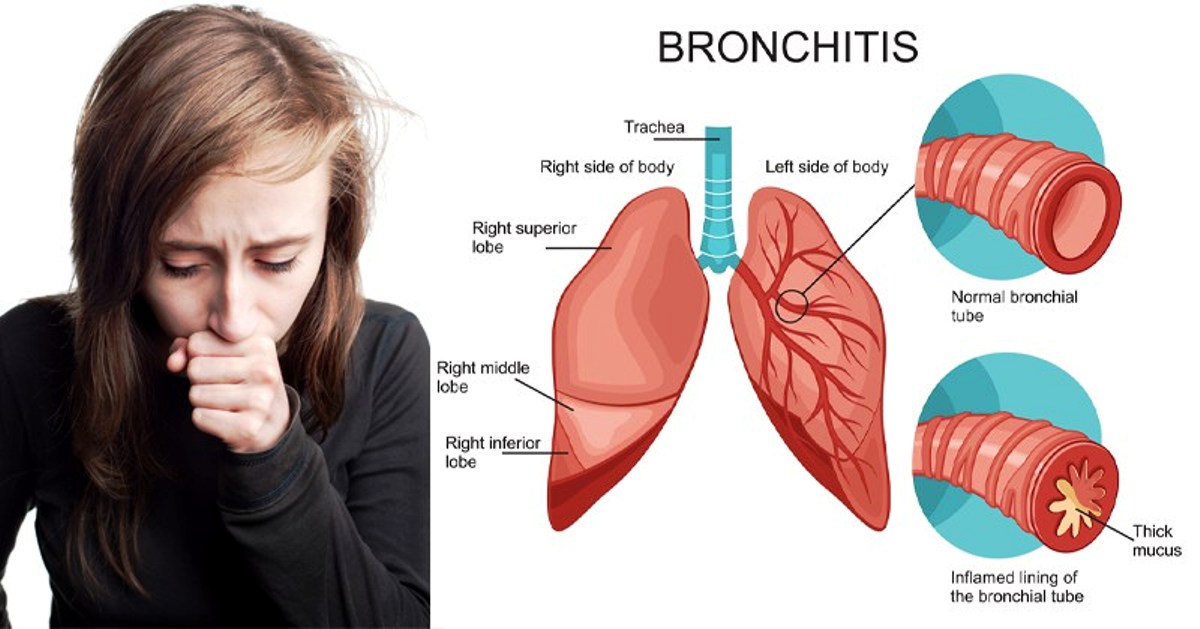
A dermatologist can diagnose and treat eczema, but other healthcare professionals may also be able to provide guidance.
To help your doctor understand your condition, consider keeping a diary to identify your eczema triggers. Write down:
- what you eat and drink
- what skin products, chemicals, soaps, makeup, and detergents you use
- what activities you do, such as taking a walk outside in the woods or swimming in a chlorinated pool
- how long you spend in the bath or shower and the temperature of the water
- when you’re under stress
You should begin to notice connections between your activities and your eczema flare-ups. Bring this journal to your doctor to help them pinpoint your triggers.
An allergy specialist can also do a patch test. This test places small amounts of irritating substances on patches that are applied to your skin. The patches stay on your skin for 20 to 30 minutes to see if you have a reaction.
This test can help your doctor tell which substances trigger your eczema, so you can avoid them.
If you need help finding a dermatologist, then check out our FindCare tool here.
Eczema often comes and goes. When it appears, you might need to try different medicines and other treatments to get rid of the rash.
- Antihistamines such as diphenhydramine (Benadryl) can control the itch.
- Corticosteroid cream or ointment can reduce the itch. For a more severe reaction, you can take oral steroids, like prednisone (Rayos) to control swelling.
- Calcineurin inhibitors, such as tacrolimus (Protopic) and pimecrolimus (Elidel), reduce the immune response that causes itchy skin.
- Antibiotics treat skin infections.
- Light therapy exposes your skin to ultraviolet light to heal your rash.
- Cool compresses applied before you rub on corticosteroid cream can help the medicine sink into your skin more easily.
- Lotions or baths with colloidal oatmeal can relieve itching.
If an allergic reaction results in a flare-up of your eczema, you’ll want to avoid the substance that triggers it.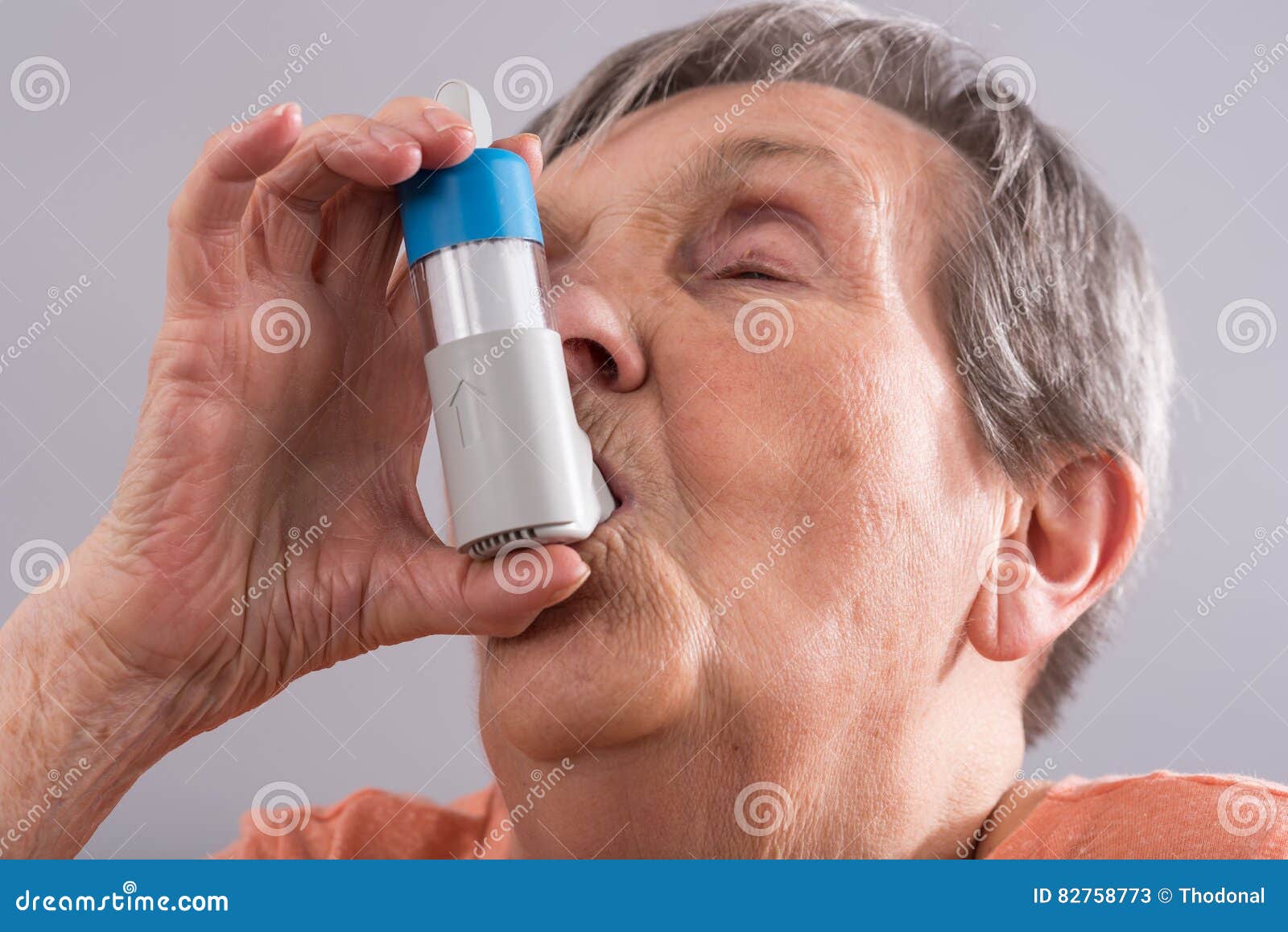
7 treatments for winter psoriasis flare-ups.
Here are a few ways to prevent eczema flare-ups and manage symptoms:
- Apply cool compresses to your skin, or take a colloidal oatmeal or baking soda bath to relieve the itch.
- Moisturize your skin daily with a rich, oil-based cream or ointment to form a protective barrier against the elements. Apply the cream right after you get out of the shower or bath to seal in moisture.
- After you bathe, gently pat your skin with a soft towel. Never rub.
- Avoid scratching. You could cause an infection.
- Use fragrance-free detergents, cleansers, makeup, and other skin care products.
- Wear gloves and protective clothing whenever you handle chemicals.
- Wear loose-fitting clothes made from soft fibers, like cotton.
Most eczema comes and goes over time. Atopic dermatitis is usually worst in childhood and improves with age. Other forms of eczema may stay with you throughout your life, although you can take measures to reduce your symptoms.
Bronchial asthma – causes, pathogenesis, symptoms, signs, diagnosis, treatment, help with an attack in children and adults
Causes
Pathogenesis
Symptoms
Diagnosis
Treatment
Bronchial asthma is an allergic disease, in the clinical picture of which the central place is occupied by expiratory type asthma attacks caused by brochospasm, hypersecretion and swelling of the bronchial mucosa.
Causes
Bronchial asthma can be caused by allergens of infectious and non-infectious origin.
The first places in terms of the number of positive skin and provocative inhalation tests are occupied by Staphylococcus aureus, Staphylococcus aureus, that is, opportunistic and saprophytic microorganisms.
Non-infectious include household allergens (house dust and feathers). A very active component of the allergen from house dust are mites of the genus Dermatophagoiges pteronissimus. The “ecological nest” of dermatophagoid mites are bedding, pillows, mattresses, blankets. The maximum tick breeding periods are October-November and March-April, which coincides with the exacerbation of atopic asthma.
The maximum tick breeding periods are October-November and March-April, which coincides with the exacerbation of atopic asthma.
Next come allergens from book and library dust, pollen from trees, grasses and weeds, from wool and dander of animals and humans, from insects and other arthropods, especially daphnia – a freshwater crustacean, which in dried powder form is used to feed aquarium fish.
Food allergens – cereals, fish, milk, eggs and others – have an etiological significance in bronchial asthma, mainly in children, and in adults with hay fever.
Medicinal substances (most antibiotics and their producers, pancreatin, vitamin B1, pyrazolone preparations), as a rule, cause occupational bronchial asthma.
Of the products of chemical production, inorganic compounds of mercury, cobalt, nickel, arsenic, chromium, platinum, beryllium, sodium and ammonium persulfate, organic heterocyclic and cyclic, chlorinated naphthalane, as well as aldehydes and terpins, as well as a number of substances used in production of polymeric materials.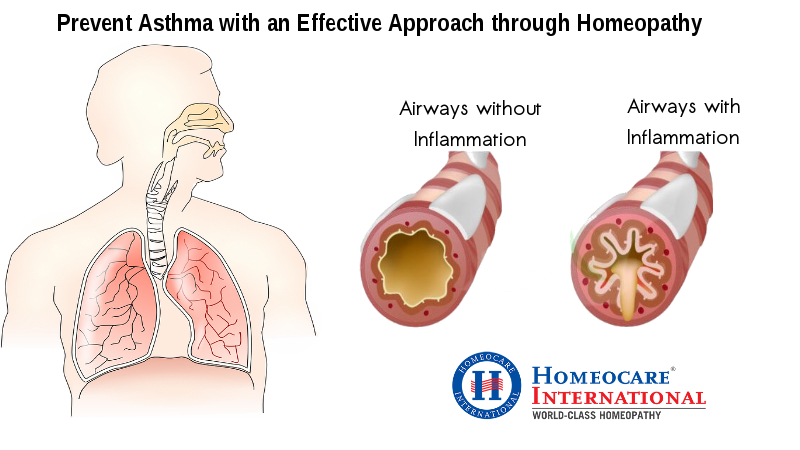
The main etiological role in bronchial asthma is played by opportunistic and saprophytic microorganisms, household and finger allergens.
“Chemical” and drug bronchial asthma are predominantly occupational in nature, however, substances from these groups, even in minimal amounts, can cause an exacerbation of the disease, the causative agent of which is the main allergens.
Pathogenesis
With predominantly allergic asthma, non-infectious allergens (pollen, household, epidermal, food, haptens) act as inducers of the disease, under the influence of which nonspecific (macrophages, mast cells) and specific (Tx-2, specific IgE) forms of immunity with cascades of mediators are triggered ( release of histamine, IL-4, IL-5, IL-6, leukotrienes C4(2EC4) and inflammatory cells (eosinophils, lymphocytes, macrophages) in the “shock” organ. In this case, the role of heredity is great.0003
In non-allergic asthma, infectious and various endogenous factors act as inducers of the disease, causing complex immunological changes, which are also ultimately accompanied by cellular proliferative reactions.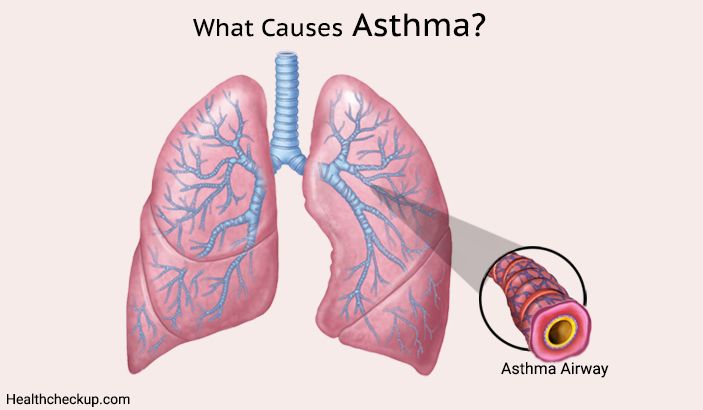 The latter type of inflammation, as a result of the impact of hard-to-remove endogenous factors in the “shock” organ, is less amenable to therapy and can more often lead to irreversible changes, in particular to obstruction, especially in cases of late adequate therapy.
The latter type of inflammation, as a result of the impact of hard-to-remove endogenous factors in the “shock” organ, is less amenable to therapy and can more often lead to irreversible changes, in particular to obstruction, especially in cases of late adequate therapy.
Symptoms
The course of branchial asthma:
- mild episodic – suffocation less than 1 time per month;
- mild persistent – choking 1-2 times a week;
- moderate – symptoms of suffocation more than 1-2 times a week, sometimes at night with a decrease in the degree of freedom in the daytime, FEV within 60-80%, the variability of FEV during the day is 30%;
- severe – the patient is bedridden, frequent suffocation.
Diagnostics
In case of allergic branchial asthma, along with a clear allergic history to exoallergens, the presence of positive reactions in allergological testing is determined by an increase in the level of specific immunoglobulins E, IL-4, IL-T.
In non-allergic asthma, there is no clear allergic history, the disease is often preceded by infectious and inflammatory reactions from the respiratory organs, and an increase in the level of IgE is not detected. This is asthma, against which high sensitivity to certain drugs (for example, aspirin) can be detected.
In differential diagnosis, it is taken into account that aspirin asthma often occurs with a triad of signs (polyps in the nasal cavity, choking, intolerance to non-steroidal anti-inflammatory drugs), progresses relatively quickly due to the predominance of the lipoxygenase pathway for the synthesis of prostaglandins and increased formation of leukotrienes, powerful inducers of inflammatory proliferation of eosinophils in the mucous membrane of the bronchial tree. Aspirin asthma is practically idiosyncratic asthma and has its own characteristics of the course and treatment.
Differential diagnosis of occupational bronchial asthma is carried out taking into account occupational allergological history (presence of allergens in the air at work), the development of allergic reactions – dermatitis, rhinitis, bronchial asthma – in workers in places of greatest allergen exposure during work and their reverse development outside work, positive allergological skin tests (including provocative ones) with profallergens, increased specific IgE to professional allergens.
Certain difficulties exist in the differential diagnosis of bronchial asthma and chronic bronchitis, which is a progressive infectious inflammation of the mucous membrane of the bronchial tree with a predominance of neutrophils, lymphocytes, macrophages, leading to irreversible obstruction and severe dyscrinia of bronchial contents. Nevertheless, allergic bronchitis, which is more often associated with allergic bronchial asthma and year-round rhinitis, has a milder course.
In asthmatic bronchitis, which is more often observed in endogenous asthma, there are variable changes in FEV during the day and a very high hyperreactivity of the bronchial tree to various triggers.
Treatment
With an attack of bronchial asthma in mild cases, bronchodilators are administered by inhalation (using a pocket inhaler or prescribed in tablets).
In case of moderate and severe attack of bronchial asthma, a solution of eufillin is administered intravenously with 10 ml of isotonic sodium chloride solution or 40% glucose solution.
In case of protracted seizures, a drip intravenous infusion of a solution of aminophylline, ephedrine, adrenaline in a glucose solution is established.
If there are signs of heart failure, a solution of corglycon or strophanthin is added to the dropper. At the same time, humidified oxygen is administered through a nasal catheter or mask.
Urgent hospitalization is indicated for an asthmatic condition.
The author of the article:
Ivanova Natalya Vladimirovna
therapist
reviews Leave a review
Clinic
m. Sukharevskaya
Services
- Title
- Primary appointment (examination, consultation) with an allergist-immunologist2300
- Repeated appointment (examination, consultation) with an allergist-immunologist1900
Health articles
All articlesAllergistGastroenterologistHematologistGynecologistDermatologistImmunologistInfectionistCardiologistCosmetologistENT doctor (otolaryngologist)MammologistNeurologistNephrologistOncologistOphthalmologistProctologistPsychotherapistPulmonologistRheumatologistTraumatologist-orthopedistTrichologistUrologistPhlebologistSurgeonEndocrinologist
Our doctors
Specialization of the doctorAllergistAndrologistAnesthetistPediatrician house callPaediatrician house callGastroenterologistHematologistGynecologistBreastfeedingDermatologistPediatric allergologistPediatric gastroenterologistPediatric gynecologistPediatric dermatologistPediatric infectious disease specialistPediatric cardiologistPediatric ENT specialistPediatric chiropractorPediatric massagePediatric neurologistPediatric neurologist phrologistPediatric oncologistPediatric osteopathPediatric ophthalmologistPediatric psychiatristPediatric traumatologistPediatric urologistPediatric surgeonPediatric endocrinologistPediatric departmentDietologistImmunologistInfectionistHeadache roomCardiologistCosmetologistENT doctor (otolaryngologist)MammologistManual therapistMassageNarcologistNeurologistNeurologistNephrologistOncologistOperational unitOsteopathOt department of pediatrics m.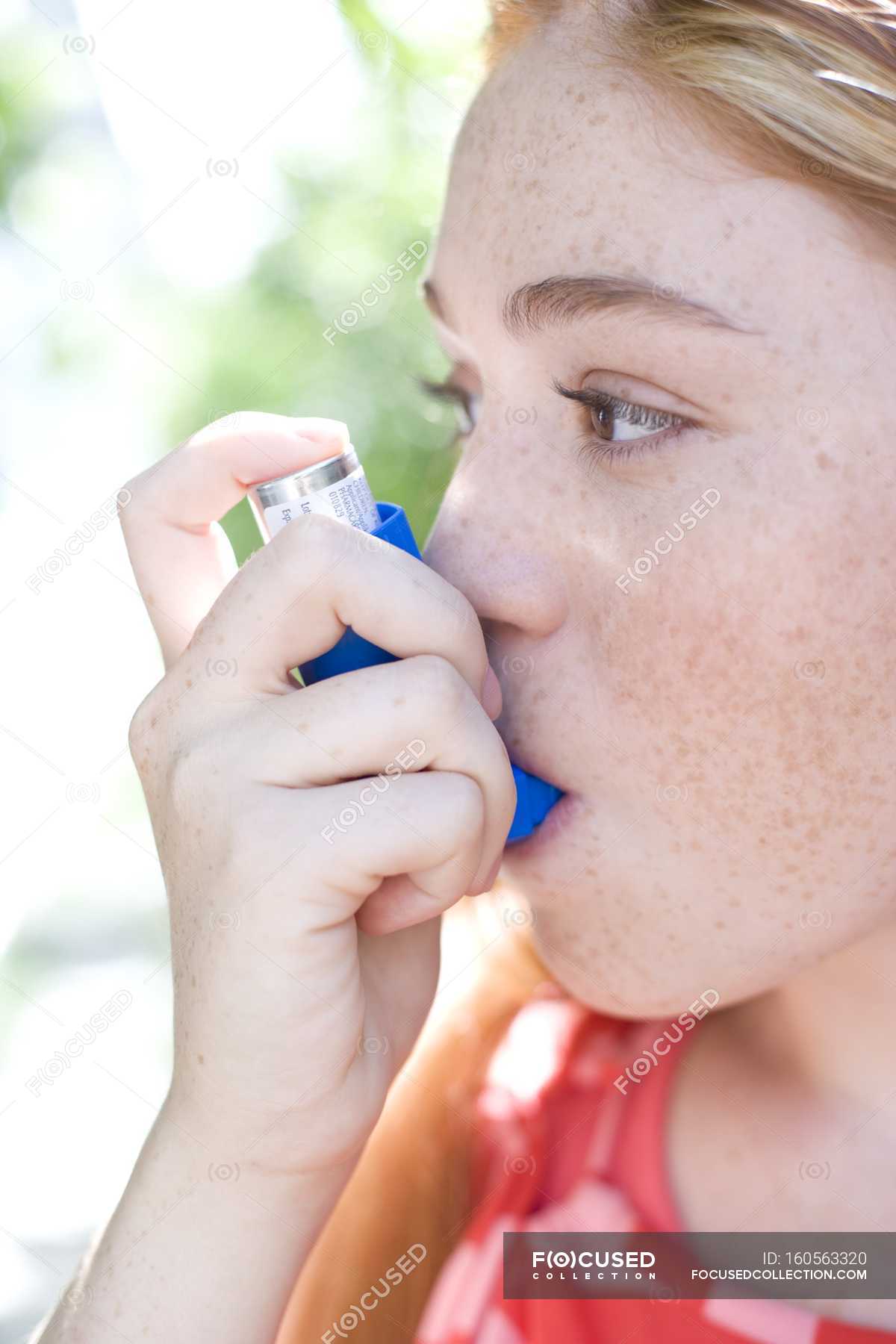 TherapistTraumatologist-orthopedistTrichologistUltrasound (ultrasound examination)UrologistPhysiotherapistPhlebologistSurgeonSurgical operations under the compulsory medical insurance policy of the Moscow RegionEndocrinologistAesthetic gynecologyClinics. Smolensk. Taganskaya. Street 1905 years. Red Gates. AvtozavodskayaPharmacy. Glades. Sukharevskaya. st. Academician Yangelam. Frunzenskaya Zelenograd
TherapistTraumatologist-orthopedistTrichologistUltrasound (ultrasound examination)UrologistPhysiotherapistPhlebologistSurgeonSurgical operations under the compulsory medical insurance policy of the Moscow RegionEndocrinologistAesthetic gynecologyClinics. Smolensk. Taganskaya. Street 1905 years. Red Gates. AvtozavodskayaPharmacy. Glades. Sukharevskaya. st. Academician Yangelam. Frunzenskaya Zelenograd
Dilanyan Lilit Arturovna
allergist-immunologist
reviews
Make an appointment
Clinic
m. Frunzenskaya
Tuaeva Kristina Nugzarovna
allergist-immunologist
reviews
Make an appointment
Clinic
m. Polyanka
Ovsyankina Olga Vladimirovna
allergist-immunologist
reviews
Make an appointment
Clinic
m. Sukharevskaya
Sukharevskaya
Gonchar Viktor Nikolaevich
allergist-immunologist
reviews
Make an appointment
Clinic
m. Red Gate
Arzumanyan Arthur Oganesovich
allergist-immunologist
reviews
Make an appointment
Clinic
m. Avtozavodskaya
m. Red Gate
description, symptoms, diagnosis and treatment. Scientific section of the clinic IAKI
Description
Atopic bronchial asthma is an allergic disease characterized by repeated attacks of expiratory dyspnea caused by a diffuse impairment of bronchial patency, which is associated with the localization of an allergic reaction in the tissues of the bronchial tree.
Symptoms
The main manifestation of the disease is an attack of bronchospasm. It has three periods: the period of harbingers, the peak period and the period of resolution. The first period occurs after contact of the body with an allergen substance or a nonspecific provoking agent. There are complaints of congestion and (or) itching of the nose, coughing, sneezing are possible, difficulty breathing, a feeling of lack of air appear.
The first period occurs after contact of the body with an allergen substance or a nonspecific provoking agent. There are complaints of congestion and (or) itching of the nose, coughing, sneezing are possible, difficulty breathing, a feeling of lack of air appear.
Gradually, a cough appears, sputum does not go away, it is very viscous. The peak phase of the attack: the chest is in the position of maximum inspiration, shortness of breath appears, the patient exhales noisily, so that wheezing becomes audible at a distance from the patient. The skin of the patient is cyanotic, additional muscles participate in the act of breathing – intercostal, neck, cervical veins are filled with blood, the wings of the nose swell, the face becomes puffy. During the period of the reverse development of the attack, the patient’s condition is relieved, sputum, which has a vitreous character, begins to depart, but the feeling of lack of air disappears, breathing becomes easier.
Diagnostics
- Collection of anamnesis and complaints in diseases of the lungs and bronchi
- Imaging examination in diseases of the lungs and bronchi
- Palpation in diseases of the lungs and bronchi
- Percussion in diseases of the lungs and bronchi
- Auscultation in diseases of the lungs and bronchi
- Respiratory rate measurements
- Heart rate measurement
- Pulse examination
- Study of unprovoked tidal volumes and flows
- Electrocardiogram recording
- Interpretation, description and interpretation of electrocardiographic data
- Primary appointment (examination, consultation) with an allergist
- Primary appointment (examination, consultation) with a pulmonologist
- Blood sampling from a peripheral vein
- Blood oxygen test
- Examination of the level of antibodies to antigens of plant, animal and chemical origin
- Bronchoscopy
- Computed tomography of the chest
Attention! The volume of the diagnostic examination is selected by the doctor for each patient individually!
How to behave in patients with Atopic (allergic) asthma
If there are signs of the onset of an attack, namely: dry cough; runny nose; pain in the abdomen.